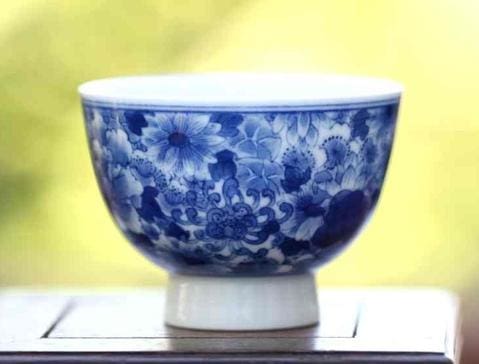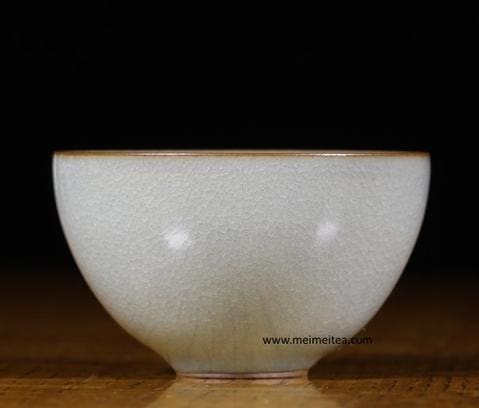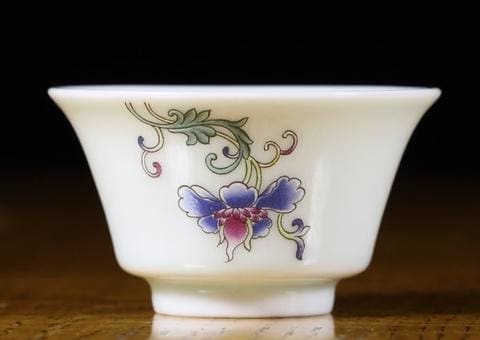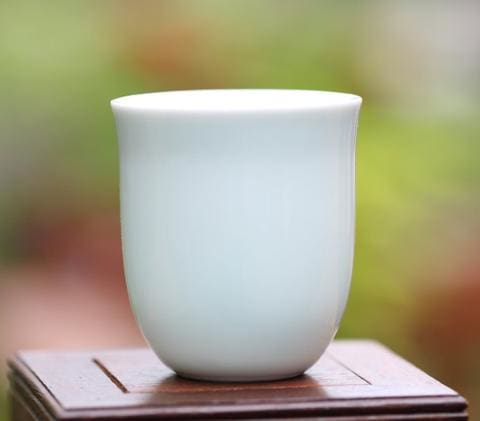
Everything You Ever Wanted to Know about Teacup Shapes
In wine tasting, oenophiles, sommeliers, and other experts have long understood how the structure, shape, and material of a wine glass can influence the flavors and aromatics of the wine. Similarly, these same attributes in your teaware can enhance the flavors and aromatics of your tea.

It’s in the interest of getting the most out of your tea that we shared our blog last week on thinking regionally about pairing your tea and teaware, and today, we’re going to discuss some of the physical characteristics of teaware that can make your tea drinking experience that much better.
In general, there are three basic shapes to your various teacups.
The Classic
The most common shape might be the shorter, wider teacup, sometimes known as a bowl or classic shape. Often when we think of teacups, we probably have one of these in mind, and they are sculpted with myriad variations. Some have taller, steeper sides while others feature thicker, shorter walls. What they all have in common though is a shape that maximizes the surface area of the tea.
Why would you want maximal surface area?
The answer is simple: the classic shape is designed with thought given to the texture or mouthfeel of the tea. By increasing the surface area of the liquid, these teacups increase the rate of flow as you tilt the cup towards your lips, enabling you to sip more tea than you would otherwise. In doing so, this creates an absolutely tantalizing experience when drinking any teas with rich, velvety textures, a feature common to black teas such as Sichuan Imperial Gong Fu or Yunnan Ye Sheng Gushu.

The Flare
Often easily confused with the classic shape is the flared or “summer” teacup. What differentiates the flared teacup from the classic teacup is a lip or rim that gently curves outward. The importance of the flare cannot be understated, as it accomplishes quite a few functions.
In general, a teacup with a thin wall allows heat to transfer more quickly to your hands or fingertips, making it uncomfortable to handle freshly brewed tea. And yet, these same thin walls also cool down your teas much faster, which is commonly desired when drinking green or white teas. By introducing a flare to the rim, artists discovered a way to move part of the teacup further away from contact with the hot tea, creating a space where you can more comfortably handle your teacup.
Besides easy handling and quicker cooldowns, the flared teacup also gives you more fine-grained control over the amount of tea you sip. Whereas the classic shape directs all of the tea towards your lips as you tilt your cup, the flare acts as a barrier, allowing you to more carefully fine tune the rate of flow. These features are ideal for enjoying teas such as Dragonwell green tea or White Peony white tea.

The Flute
Perhaps the least common shape for no good reason is the tall, cylindrical style, often referred to as a flute or tulip. Bearing a shape often associated with celebratory speeches and champagne glasses, the fluted teacup has not yet become familiar to much of the west, and this is unfortunate.
One of the key advantages of the tulip shape is that it concentrates the aromas of the tea into a smaller area before forcing them upward toward its narrow opening, straight to your olfactory sense. This is an especially important attribute when tasting an aromatically potent tea, such as Wuyi’s Shui Xian rock oolong or Anxi’s floral Tieguanyin.

Hopefully this helps clear up some of the mystery behind all of these different shapes and sizes, revealing that there’s a functional reason underlying many of the choices that artists sometimes make.
Have you ever paid attention to the shapes of your teacups? What kind do you have? Do you have a favorite?
Share your thoughts with us below!
